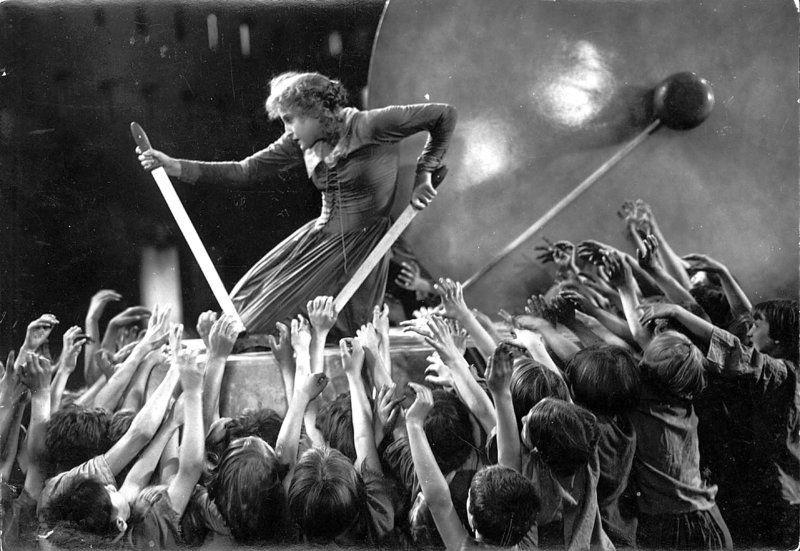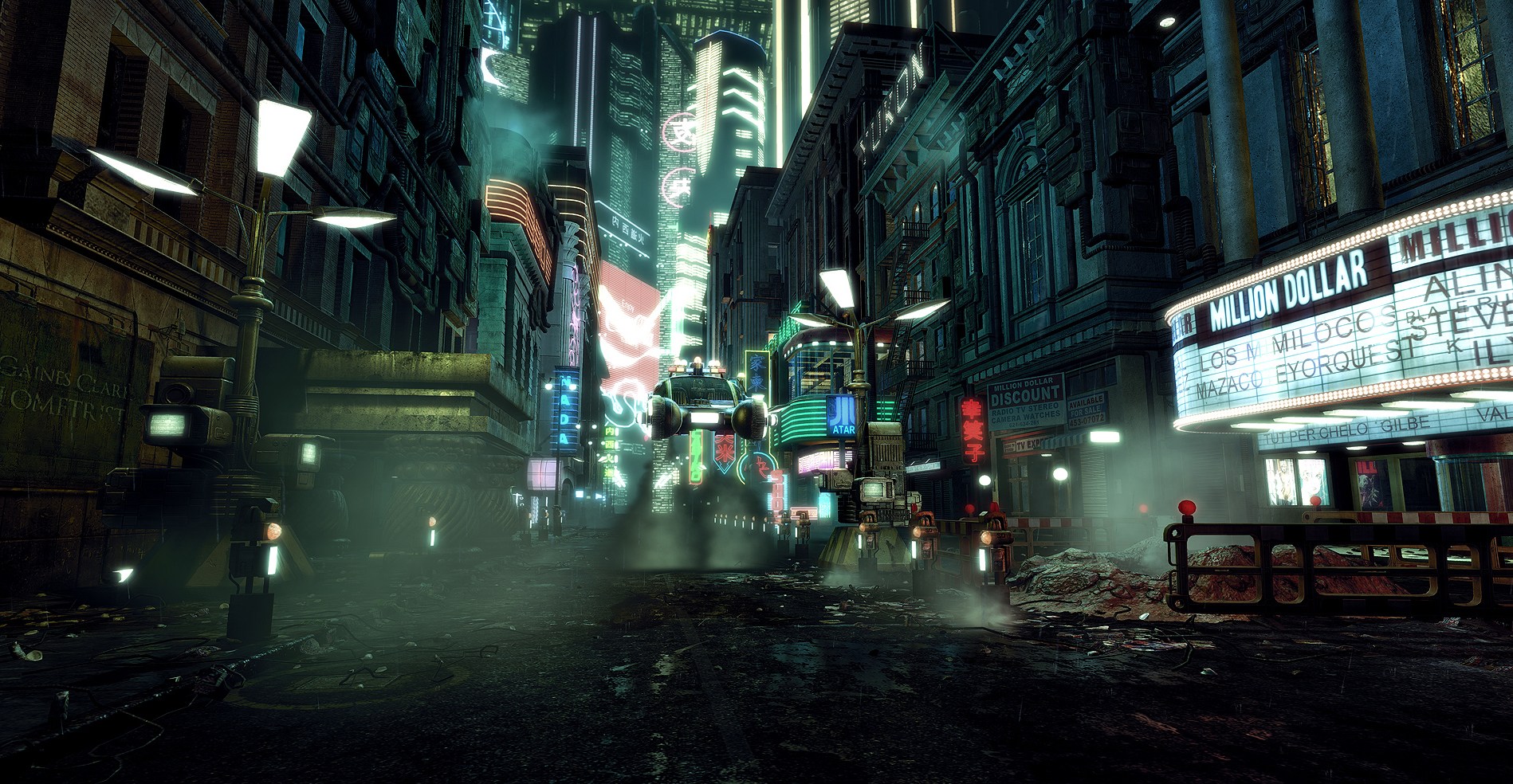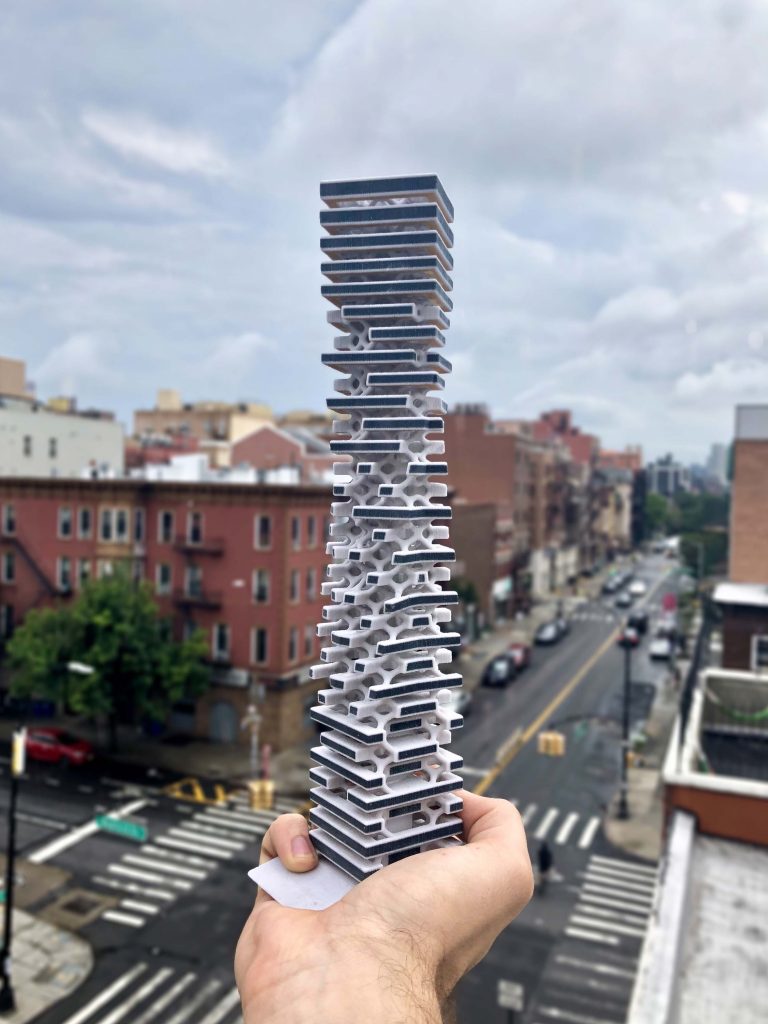There is always a conversation between architects that in which the movie architecture profession has a major role. Whether the roles they play in the movies are similar to the reality of the profession or not, I’ll think those architects who have watched some of these Architecture movies from the list below feel honored that their profession is one that deserves to be filmed and highlighted in ways that are not just in architectural publications, but in the cinema world as well.
This article includes a list of Architecture movies elected from ParametricArchitecture’s Instagram where the followers were asked “What is your favorite movie where architecture is at the forefront?”
View this post on InstagramA post shared by Parametric Architecture (@parametric.architecture) on
In this list there are movies that talk about one house, some discuss a street, some talk about architects and their role in society, and some Architecture movies mention architectural trends like modern architecture, postmodern architecture.
8 – Metropolis (1927)
Metropolis directed by Fritz Lang in 1927 is a dystopia. The German Architecture movie which forms the basis of science fiction cinema is one of the most expensive silent films of its period. The movie describes a dystopic city consisting of three layers. The first layer is known as workers without social rights who live with machines, the second one is the machines that manage workers and the third layer is the ruling class who live a more comfortable life above by using the other two layers. This dystopian city which is quite different and futuristic compared to its period plays a major role in shaping the social structure. The movie has an important place in the history of cinema with the cinema techniques used. The decor, directing, and acting achievements used are the factors that have strengthened this place.
7 – Fountainhead (1949)
The Fountainhead is an American film based on the novel by Ayn Rand. The movie directed by King Vidor in 1949 and its scenario was again written by Ayn Rand. The main character in the movie is an architect and the director tried his best to shows the place of the architects in society. The movie has many scenes of modern architecture. Ayn Rand was influenced by the architect Frank Lloyd Wright when he was creating the character, Roark. Frank Lloyd Wright was well-known for his buildings such as the Waterfall House (1936) and the Johnson Wax apartment (1936-39).
6 – Mon Oncle (1958)
Mon Oncle, a critique of modernism was a French-Italian co-production comedy directed by Jacques Tati in 1958. Tati was playing for the second time a special character, Monsieur Hulot, who became synonymous with this satirical comedy. In the Architecture movie, Tati makes comparisons between new suburbs and attractive old buildings and the contradiction between the lifestyle created by traditional values and the complexity of the consumer society. Tati criticizes the American way of life that started in France after the Second World War and the destruction of traditional architecture and the replacement of cold modern buildings and changing the way of life. The effect of modernism on society, family, and individuals is the main theme of the film.
5 – Playtime (1967)
Playtime directed by French director Jacques Tati in 1967, deals with the destruction of traditional architecture as well as ultra-modern buildings, artificial urbanization, and the business world that has entered a mechanical order, as in the previous films of the director. In his movie, Tati examines Western civilization’s fondness for consumption objects, the American consumption concept, the stressful atmosphere of modern society, the superficial relations between various classes of French society, the cold and useless face of space-age technology. Monsieur Hulot who one of the most known characters in the history of cinema with his coat, umbrella, and pipe played by Tati is the lead role in the movie. Monsieur Hulot stiffly resists chaotic urban change and reveals his reaction to the anarchy that has arisen as usual by his clumsiness.
4 – Blade Runner (1982)
Blade Runner is a US-made science fiction film directed in 1982 by Ridley Scott. Blade Runner, in a period far from the year in which it was taken, was in 2019 in Los Angeles at a time when the world became a dystopian habitat. Los Angeles is shown as a tumbledown city in the film. Giant manufacturers such as Tyrell produce the same robots as Replicant, which are externally seen as human beings. These robots, which are used to solve the dangerous and illegal works of extraterrestrial colonies, are captured by special police officers named Blade Runners. The film started with a reflection in the eye of a replicant facing the city, if don’t count the gigantic pyramids away, a ruined industrial city is presented. Old buildings and objects are not replaced by the products of new technology, everything new is built on the old so actually everything has accumulated.
This design decision makes the city more realistic than any other prediction ever made. The Spinners that are similar to flying cars, pioneered the formation of a city living on different levels, breaking the relationship of the upper levels of the city with the street. Tyrell, who owns the company that produces replicants, is gold-colored; he lives in his Gothic house on top of a gigantic pyramid symbolizing power. The film’s lead actor, Blade Runner Deckard, lives in a very modest apartment. This space with its flat ceiling and walls covered with concrete tiles with relief patterns is the home of Frank Lloyd Wright’s, Enniston-Brovvn House in the 1920s. The film that is one of the masterpieces of Ridley Scott who the master of the sci-fi genre is considered one of the most important examples of science fiction in addition to being one of the precursors of the dystopic film genre.
3 – The Belly of an Architect (1987)
The Belly of an Architect was written and directed by Peter Greenaway in 1987. The movie discusses events that began with the arrival of an American architect in Italy. The American architect Stourley Kracklite will supervise an exhibition in the 18th-century French architect Etienne-Louis Boullée in Rome, where he came with his young wife Louisa. This movie which is woven with solid symmetrical images takes the subject from a very unusual object: the belly that is the patient’s belly and the pregnant wife’s. In the film, these round forms refer to global structures designed by Boullée, who have failed to realize most of their imaginary projects.
2 – Inception (2010)
Inception is a US film of science fiction written and directed by Christopher Nolan. In the film, Christopher Nolan does not just make architecture a central theme; the whole story develops depending on the ability of architects to design buildings, neighborhoods, and cities in other people’s dreams. Dom Cobb is a talented thief and his mission is to steal the most precious secrets by descending into the subconscious depths while he is dreaming at the most vulnerable moment of the mind. When Cobb says, “Always dream of new spaces” to the young architect Ariadne, Cobb offers us the reason to look at the invented worlds with curiosity. In the same scene, Ariadne’s tense subconscious makes some of Paris frantically folding on itself. From this point onwards, architectural sets are becoming increasingly familiar.
1 – Blade Runner 2049 (2017)
Blade Runner 2049, a US-made science fiction Architecture movie directed by Denis Villeneuve and written by Hampton Fancher and Michael Green in 2017. The Blade Runner 2049 universe which takes place in a post-apocalyptic atmosphere and carries a dystopian narrative was designed inspired by brutalist architecture. Brutalism is one of the most striking architectural trends of the 20th century making this one of the number one of our list of Architecture movies.
Also, there are some other Architecture movies that you could add to this list:
Rear Window by Alfred Hitchcock (1954)
Le Mepris by Jean-Luc Godard (1963)
A Space Odyssey by Stanley Kubrick (1968)
Brazil by Terry Gilliam (1985)
Gattaca by Andrew Niccol (1997)
My Architect by Nathaniel Kahn (2004)
The Great Beauty by Paolo Sorrentino (2013)
Oblivion by Joseph Kosinski (2013)
Her by Spike Jonze (2013)
Grand Budapest Hotel by Wes Anderson (2014)
Tomorrowlans by Brad Bird (2015)
Skyscraper by Rawson Marshall Thurber (2018)
Black Panther by Ryan Coogler (2018)























































